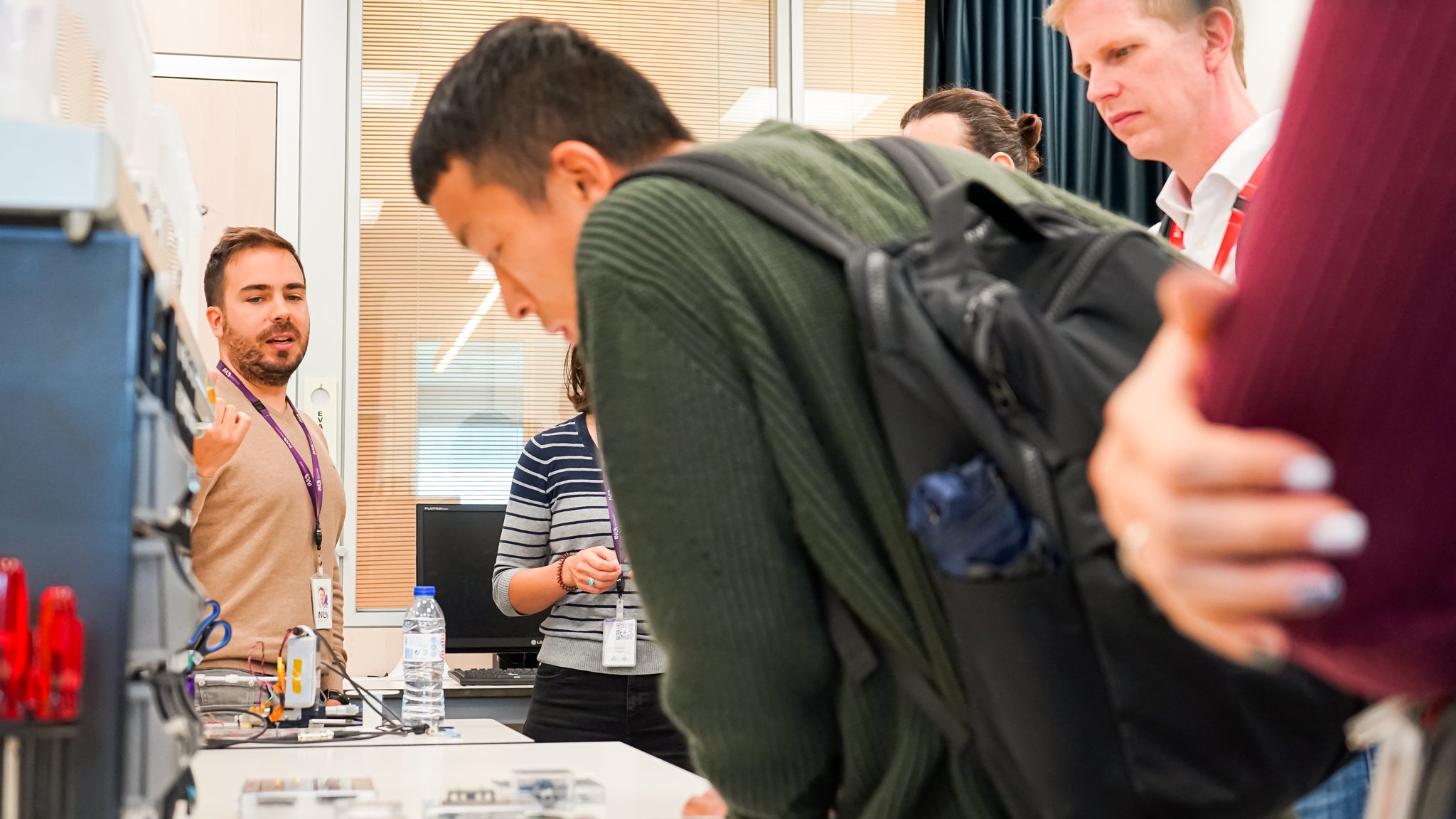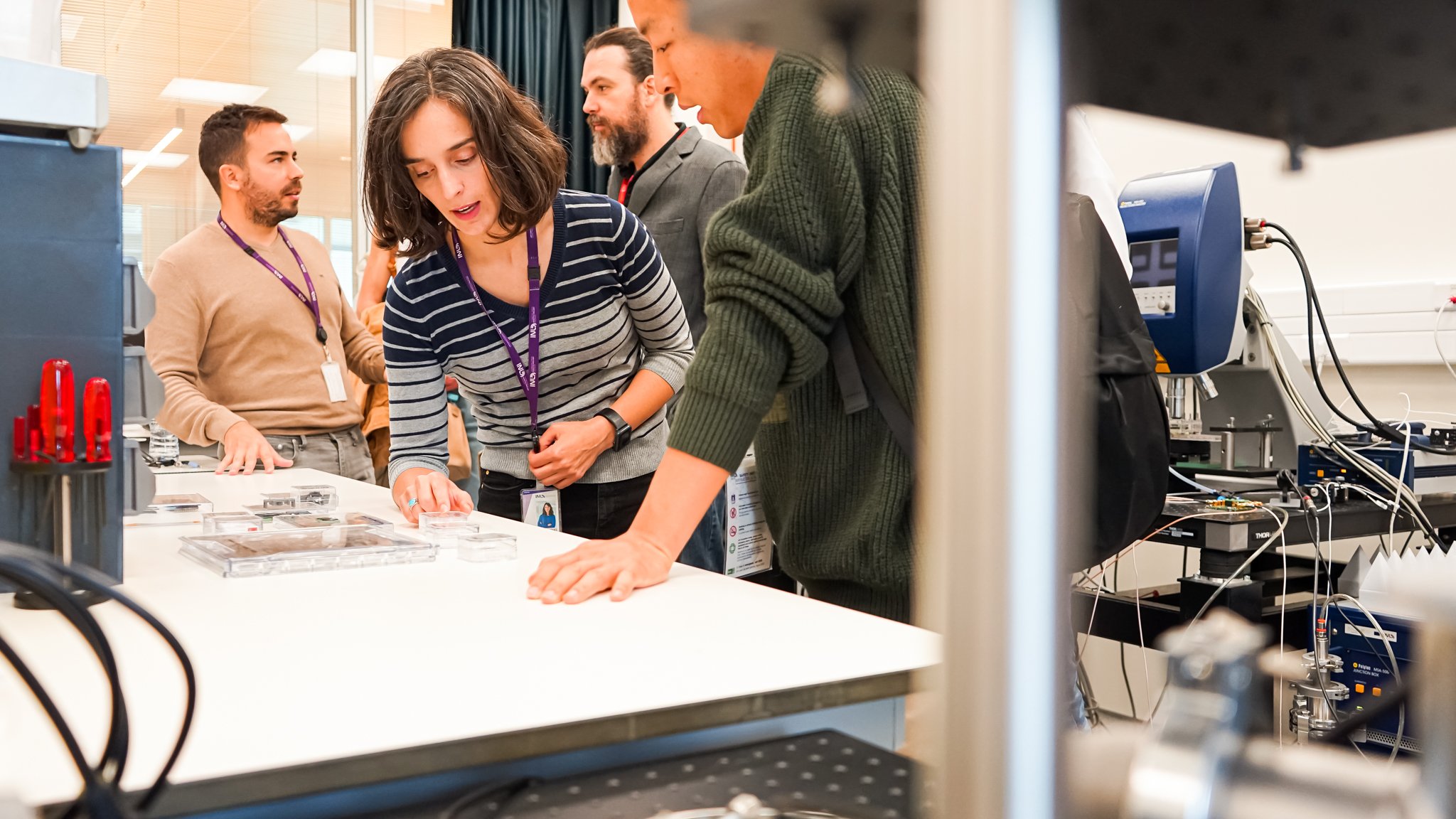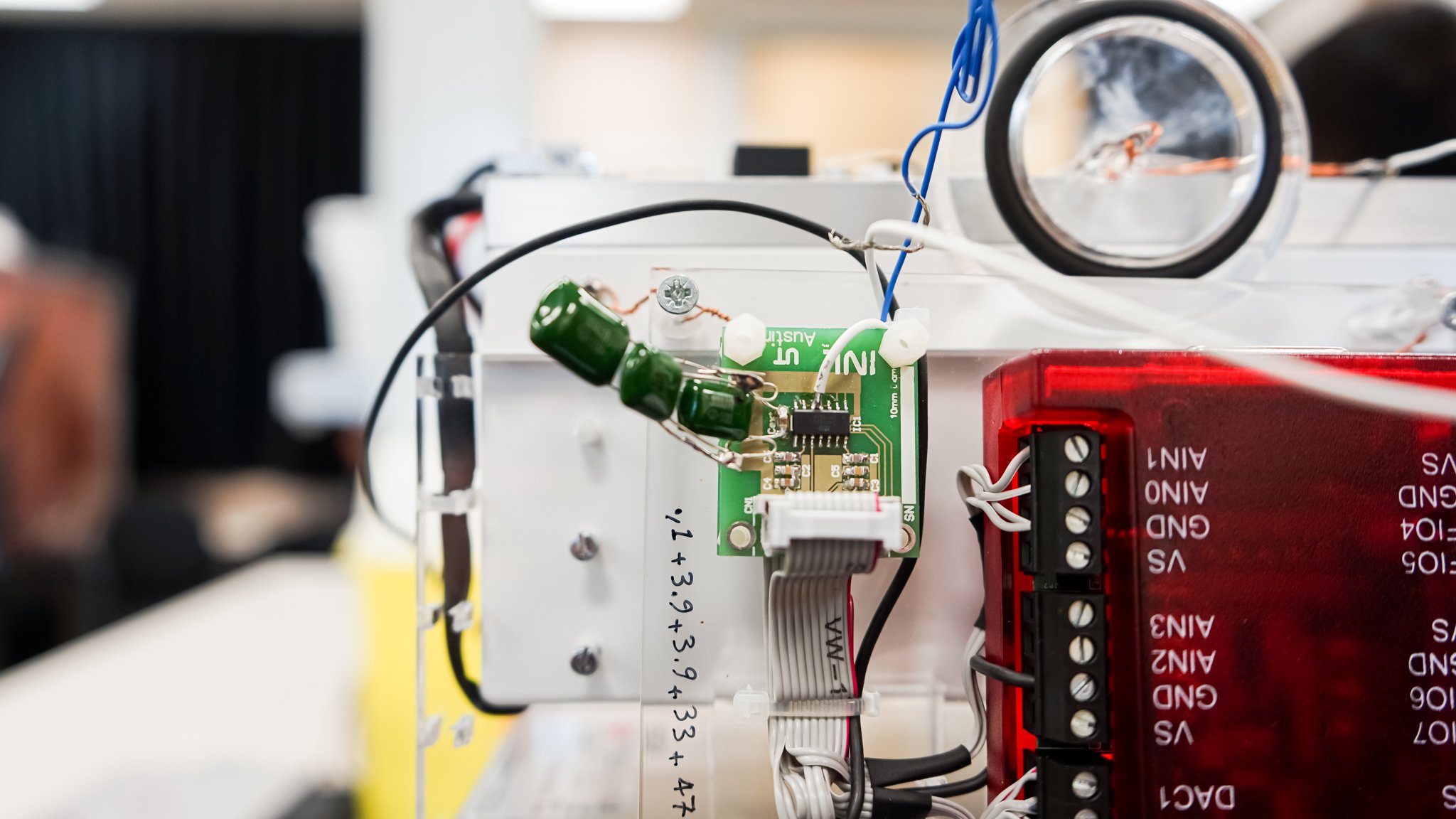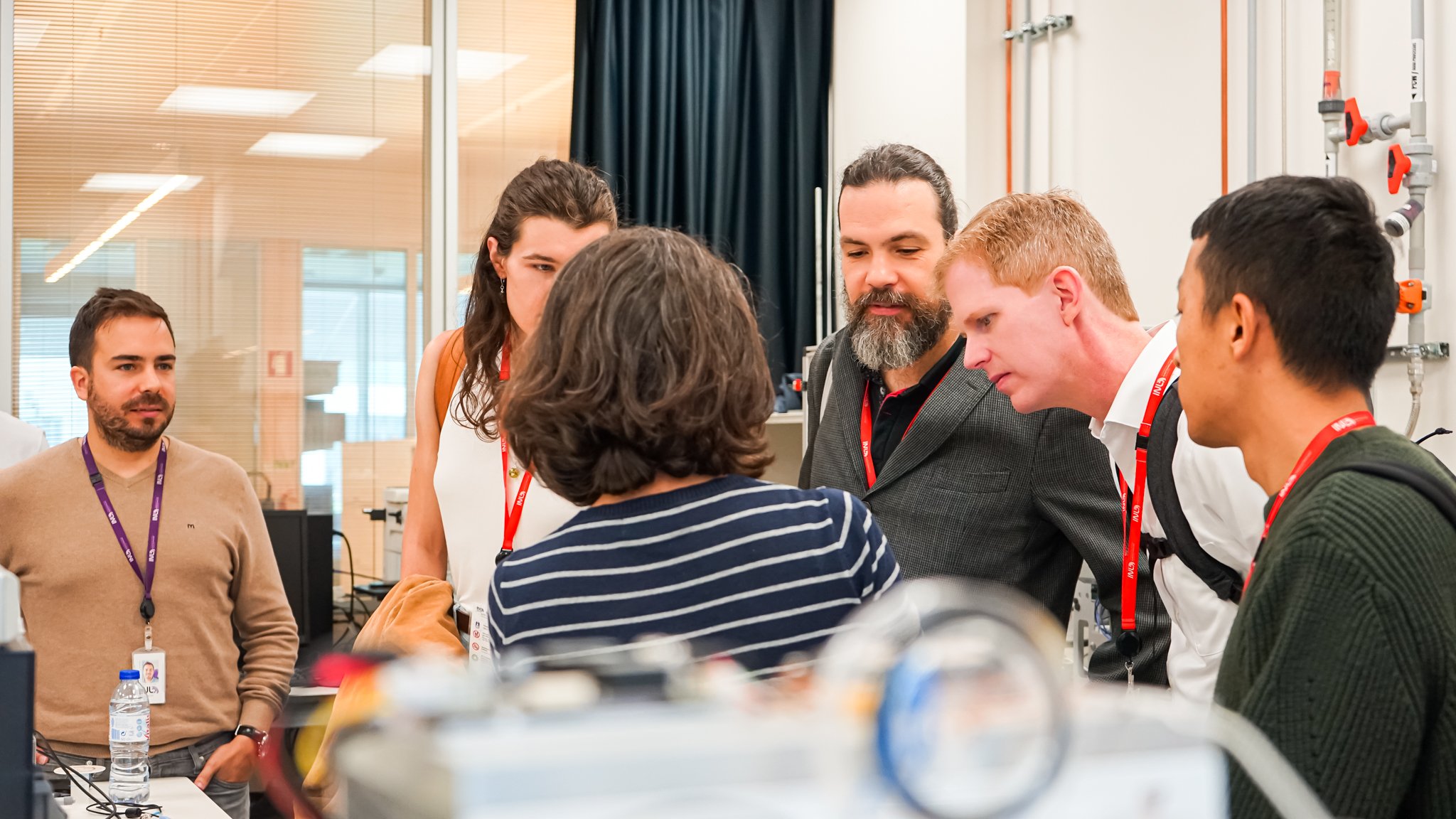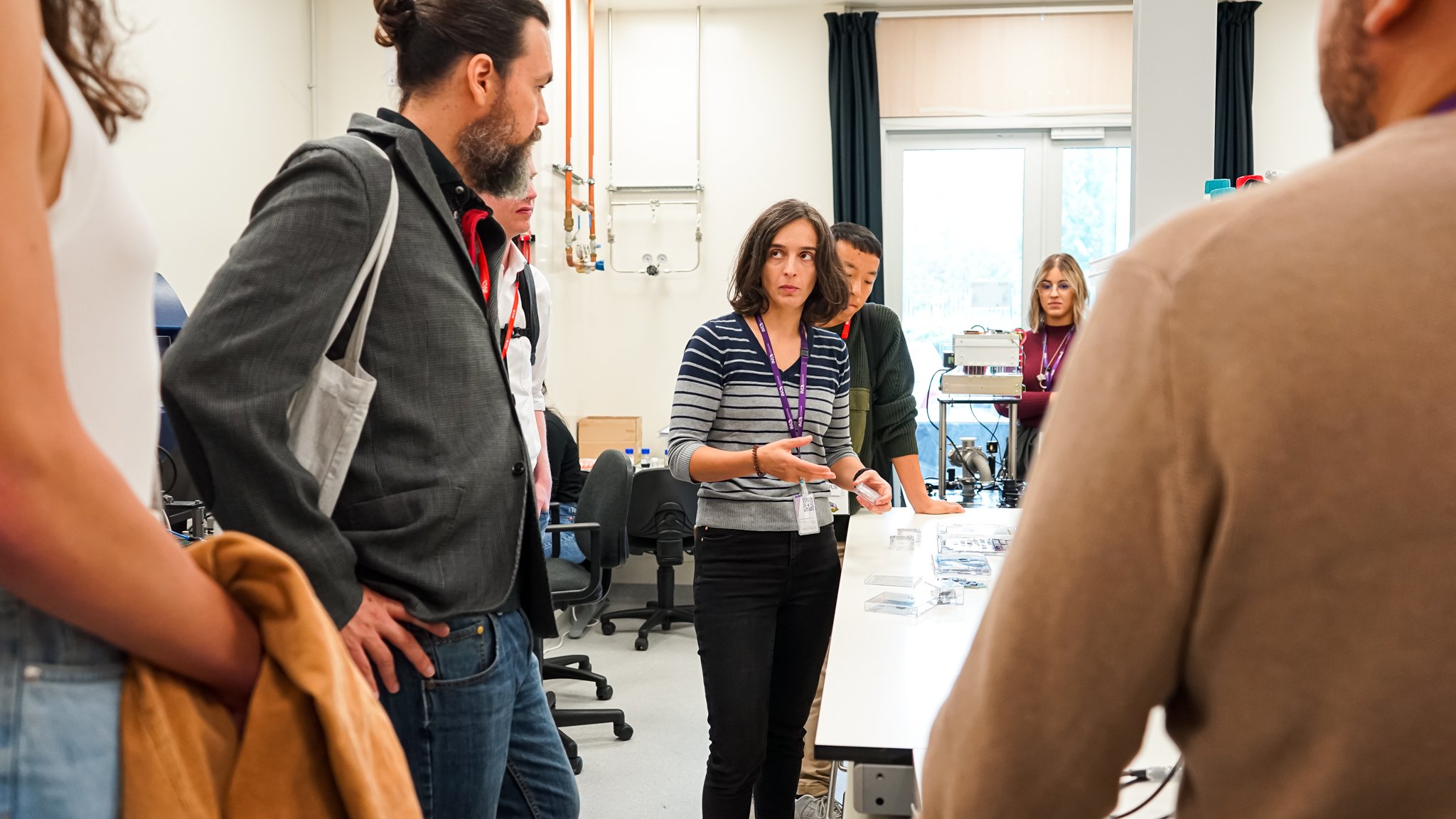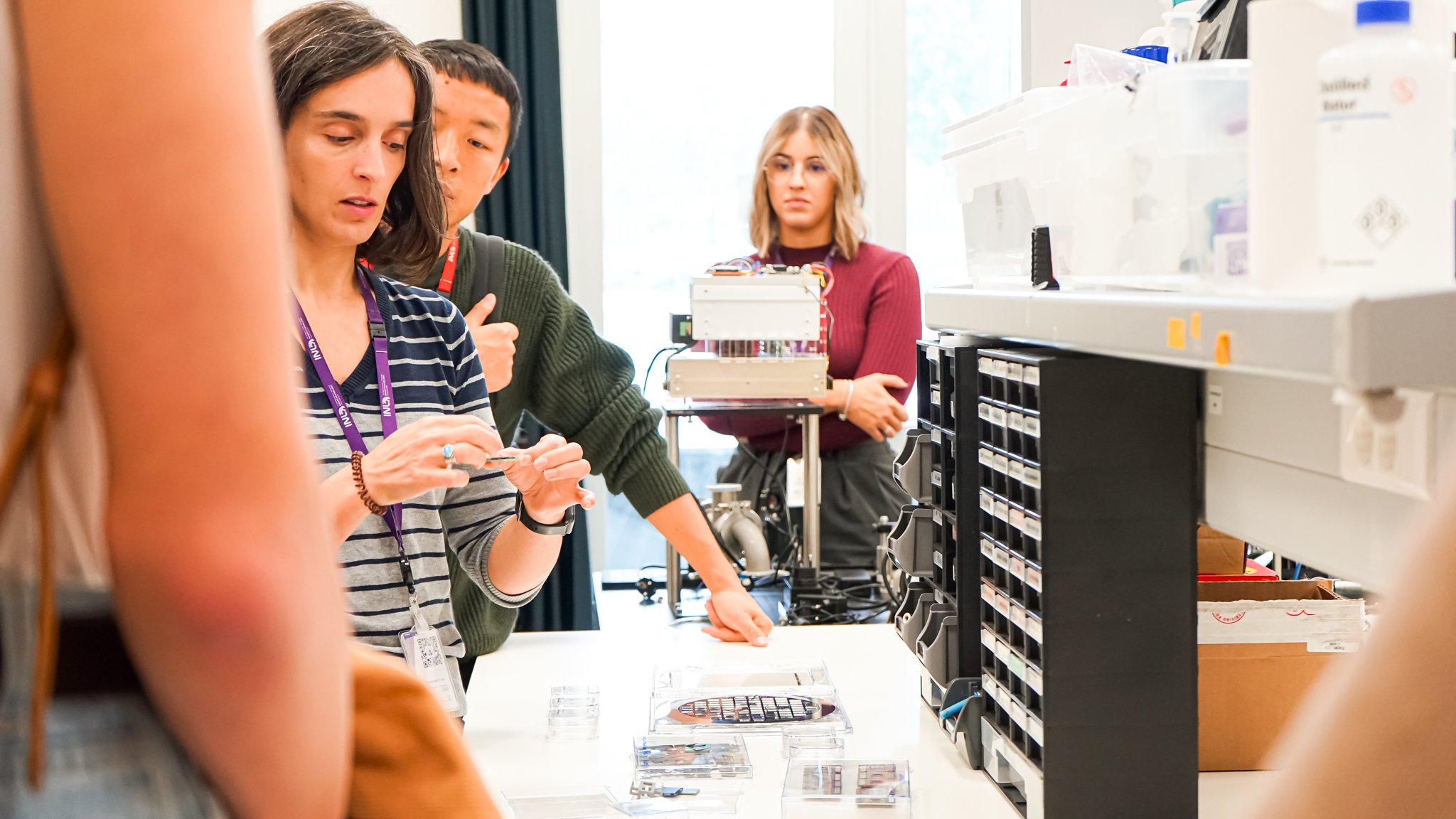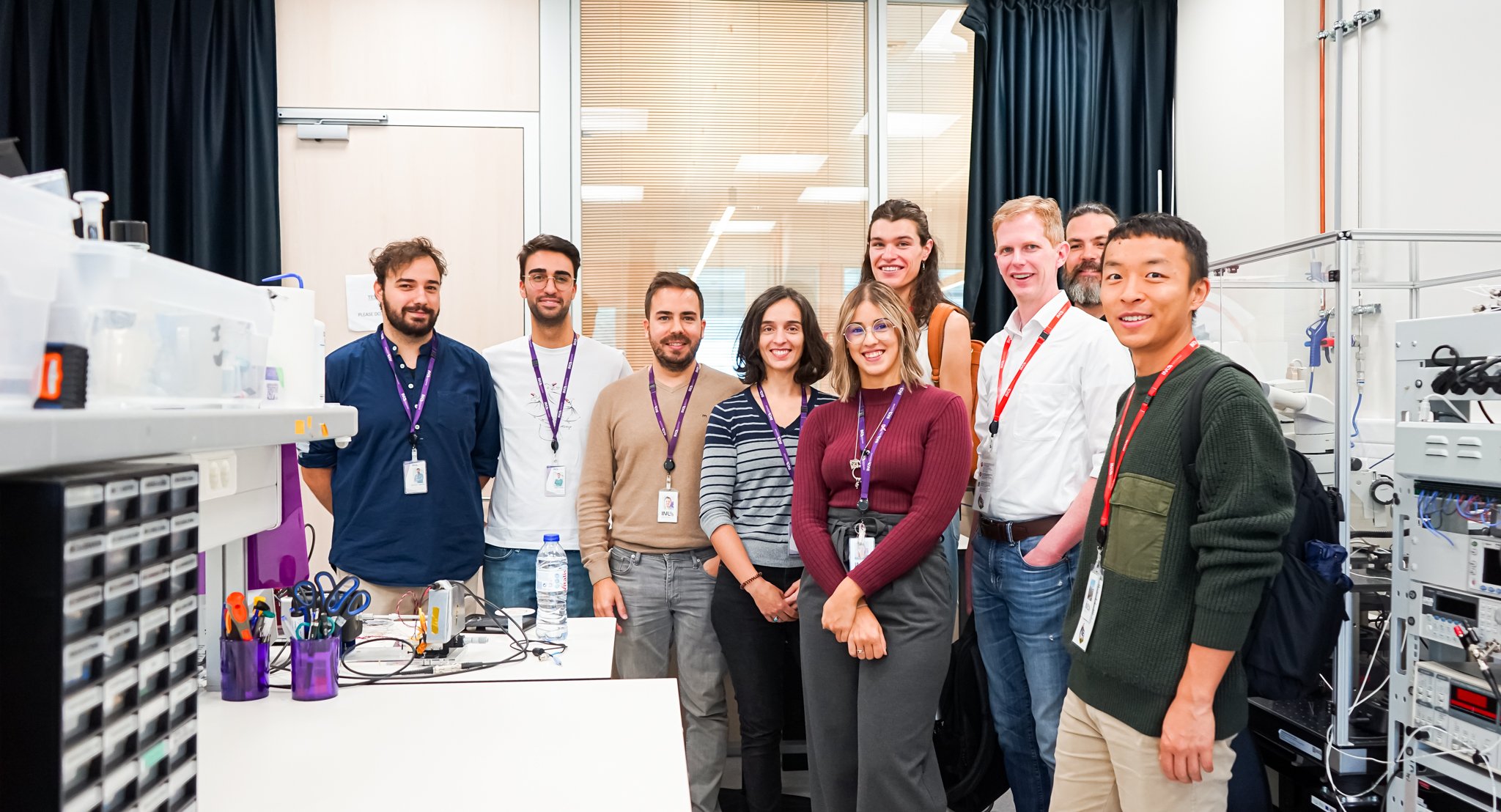uPGRADE project team meets in Portugal
Are you following us?
The satellite design review meeting of the uPGRADE project took place last Friday, October 22. It was held at ISQ – Instituto de Soldadura e Qualidade and attended by the University of Texas – Austin team from the Center for Space Research, including the distinguished Professor Byron Tapley, responsible for the GRACE and GRACE-FO, two major space missions that targeted the measurement of gravimetric data, scientific evidence of the polar ice decrease in the recent decades.
During the meeting, Spin.Works presented the design of the 6U satellite, foreseen to be launched in 2024. From the INL and University of Minho side, the Integrated Micro and Nanotechnologies team presented the MEMS accelerometer being developed for space gravimetric applications, namely the latest characterization results and the design of the 6 accelerometers’ orthogonal assembly.
Given their visit to Portugal, the University of Texas – Austin team also took the opportunity to visit INL – International Iberian Nanotechnology Laboratory and get to know the microfabrication and characterization facilities being used within the uPGRADE project. The capabilities of spintronics sensors for space applications were also discussed as well as the developments achieved in the INFANTE project with the Spintronics group.
INL – International Iberian Nanotechnology Laboratory is part of the uPGRADE project together with ISQ – Instituto de Soldadura e Qualidade, Spin.Works and the University of Minho. These three Portuguese entities will count on the collaboration of INL and the University of Texas – Austin.
INL work is being coordinated by Rosana Dias and Filipe Alves in the Integrated Micro and Nanotechnologies Research Group at INL. The uPGRADE CubeSat is part of the ‘Go Portugal– Global Science and Technology Partnerships Portugal’ initiative is co-financed by the FEDER program, through Compete2020 of the European Union, by the Regional Operational Programs and by the Foundation for Science and Technology (FCT) and will follow the observations made by NASA’s GRACE and GRACE-FO.

